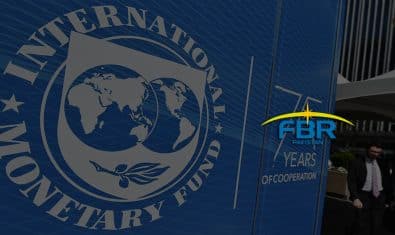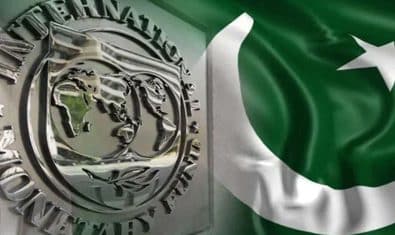Credit rating agency Moody’s kept Pakistan’s B3 rating with a stable outlook in a recent analysis, saying strong growth performance, fiscal deficit reduction, and improved inflation dynamics underpin the rating.
Riding the high-tide of China-Pakistan Economic Corridor (CPEC), a project that has received acclaim from international rating agencies in the past, Pakistan has achieved a B3 rating with a stable outlook from Moody’s yet again.
Credit Challenges
At the same time, credit challenges include a relatively high general government debt burden, weak physical and social infrastructure, a fragile external payments position, and high political risk. In particular, the government’s very narrow revenue base weighs on debt affordability. Meanwhile, exports and remittance inflows have slowed and capital goods imports have risen, resulting in renewed pressure on the external account.
How The Credit Rating is Determined
The analytical factors that are used in its Sovereign Bond Rating Methodology are:
- Economic strength, which is assessed as “moderate”.
- Institutional strength “very low (+)”,
- Fiscal strength “very low (-)”
- Susceptibility to event risk “high”.
Moody’s notes that prospects for growth have improved following Pakistan’s successful completion of its three-year Extended Fund Facility (EFF) program with the International Monetary Fund (IMF) in September 2016 and the launch of the China-Pakistan Economic Corridor (CPEC) project in 2015.
“Since 2013, implementation of economic reforms and increased foreign investment flows have contributed to macroeconomic stability and higher GDP growth. However, government debt remains elevated and pressure on the external account continues, “said William Foster, a Vice President and Senior Credit Officer at Moody’s.
Sustained Progress is Key
Upward triggers to the rating would stem from sustained progress in structural reforms that would significantly reduce infrastructure impediments and supply-side bottlenecks.
This would improve Pakistan’s investment environment and eventually aid a shift to a sustained higher growth trajectory. A fundamental strengthening in the external liquidity position and meaningful reduction in the government deficit and debt burden would also be credit positive.
Moody says that the following factors would result in a credit negative rating:
- Stalling of the government’s post-IMF program economic reform agenda
- Material widening of the fiscal deficit,
- Deterioration in the external payments position
- Withdrawal of multilateral and bilateral support
- Unstable political environment
The stock market made improvements with the index going to an all-time high of 50907 points. The market gained +1056 points inthe intraday trading.





















Moodys Bhi Nawaz Ka Sathi Lagta hai :
Isko Srif Pakistan K Bare Main Bolne Main Bohat Maza Ata hai
Abdul WAHAB yar do you have so much free time to respond every post,,,,, koe job nae Karty ho,.
Now what would pottians say?
Moody’s bought by ns.
Moody’s lie.
Or this article hurts pottians.
According to wikipedia B3 rating means “Judged as being speculative and a high credit risk” Which is one above the Caa1 rating which means “Rated as poor quality and very high credit risk”. Essentially it says Pakistan is just one stop above “Poor”
True, I was also expecting a A+++ rating. This govt isn’t doing anything.
Go Nawaz Go ???